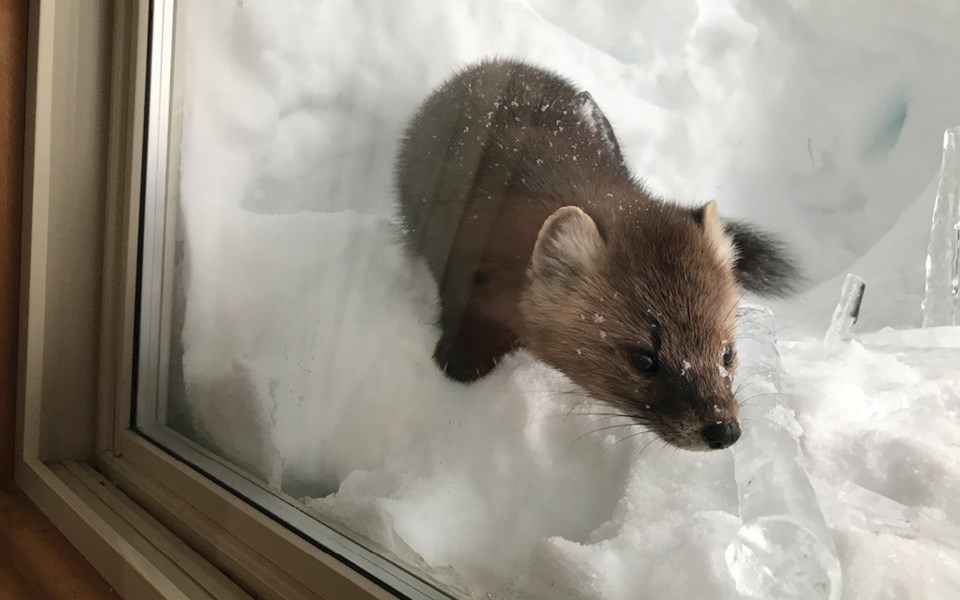Have you ever used "weasel" to describe someone? Or wondered how you were going to "weasel your way out" of something? Both terms derive from animals in the weasel family.
If someone is described as a "weasel," it's usually not complimentary and stems from these misunderstood creatures. Weasels have earned a reputation as fierce hunters that go on needless killing sprees, and were historically viewed as pests. It is true that weasels are efficient predators that will attack animals several times their own size, and that they also have a habit of killing several animals at a time. But here's the thing, these behaviours stem from a completely reasonable habit of storing surplus food for later use. And they eat a lot.
As a group, weasels are typically long and skinny with short legs, a small head and short fur. Being long and skinny has some challenges-it means weasels have a large surface area relative to their body mass, which leads to rapid heat loss and a need for almost constant feeding in order to meet their energy demands. Being long and skinny also means there is little internal space for anything but a very small stomach, so weasels need to feed often and are constantly building up their cache of food. So they are not needless killers after all.
Being long and skinny also has distinct advantages. If you're going to "weasel your way out" of something, that can sometimes be quite the feat! With their long, agile bodies and short legs, weasels can move swiftly through burrows, and squeeze into nooks and crannies in search of prey. Their needle-like canine teeth are designed to pierce the throat and brain of small animals, particularly rodents.
The Whistler Biodiversity Project has seven species of weasel on record (from biggest to smallest): wolverine, river otter, fisher, mink, marten, long-tailed weasel and short-tailed weasel (a.k.a. ermine). While up in the Callaghan in the winter I've seen both short-tailed weasels (they turn white in the winter) and martens (they stay dark brown in the winter). When I'm not lucky enough to see the actual animals, I look for their tracks-they are staggered pairs of footprints placed in a bounding-gait fashion.
I've seen lots of short-tailed weasel tracks but rarely marten tracks. This was a bit of a mystery to me until I learned two things: First that there are way more short-tailed weasels out there than martens-the short-tailed weasel is B.C.'s most-common weasel, and it may be the most-abundant land carnivore. Second, martens are equally at home jumping from tree to tree as on the forest floor-so they could be just as easily passing overhead than leaving tracks on the ground.
Martens are also known to occupy human structures for short periods of time, should a food source be near. Natural rodent control in many cases! I was asking friends if they had any marten stories and most of them had to do with human structures. Martens are often seen around backcountry huts, and closer to home, they have also been seen at the Rendezvous and in the rafters at the Roundhouse.
Keep your eyes out for signs of these amazing creatures and accept that there may be no way to always keep them out of human structures-they can weasel their way into almost anywhere.
Naturespeak is prepared by the Whistler Naturalists. To learn more about Whistler's natural world, go to Whistlernaturalists.ca.




